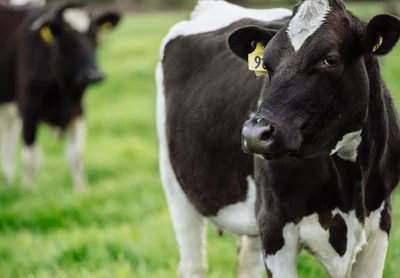Bovis cases back to zero

The only known farm infected with the cattle disease Mycoplasma Bovis has been cleared and cleaned - and is ready to resume normal farming activities.
While this is good news for farmers, new infections are still likely and farmers are encouraged to remain vigilant.
The last infected property was one of two properties neighbouring a Selwyn farm where an infection was picked up through milk testing.
The infection was found after the eradication programme reached the target of zero infected properties for the first time in August last year, when a property near Ashburton was cleared.
The cattle disease is known to remain clinically undetected for long periods, which means further cases are expected before the eradication is successful - especially since the source of the Selwyn infection has not been traced.
For Mid Canterbury Federated Farmers' dairy chair Nick Geira the news was "positive" but he expects this will not be the last time New Zealand has an infected property.
"It's a long-term outlook. We're in a phase of the eradication strategy where we will go in and out - with infected properties and then no infected properties."
Geira said farmers needed to remain vigilant and maintain good National Animal Identification and Tracing (NAIT) records.
"We're heading into winter when there is a lot more movement for grazing blocks."
Geira said it was especially important to maintain NAIT records to ensure farmers weren't caught out and found themselves unable to move cattle between winter grazing and dairy blocks.
The Ministry for Primary Industries (MPI) said it was important to record all movements with calf sales picking up and Moving Day not far away.
To reduce the risk of introducing M.bovis MPI said both buyers and sellers need to record a NAIT movement, and advised getting the NAIT number of the other party (for private sales) before or during the sale.
All calves need to be fitted with a NAIT tag before they reach 180 days old or before their first movement off-farm, whichever comes first. The tags must be registered with seven days of tagging or the first movement off-farm, whichever comes first.
By Sharon Davis

